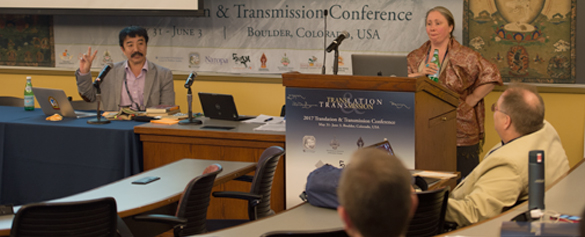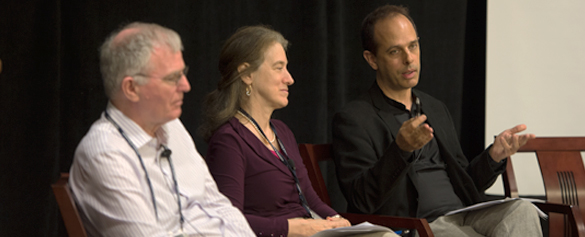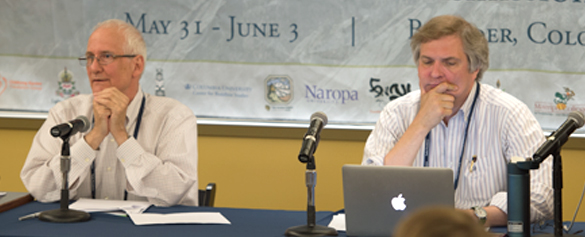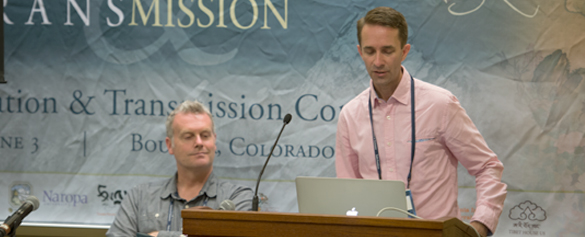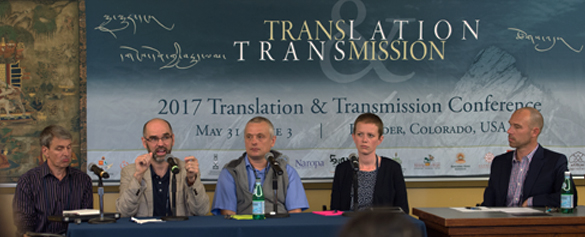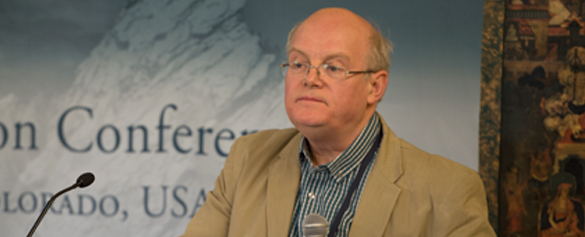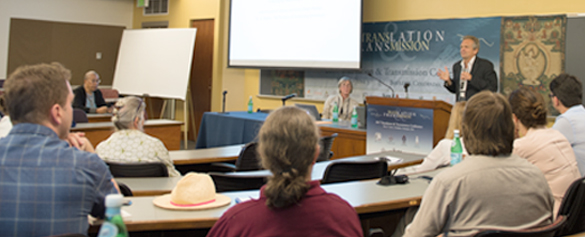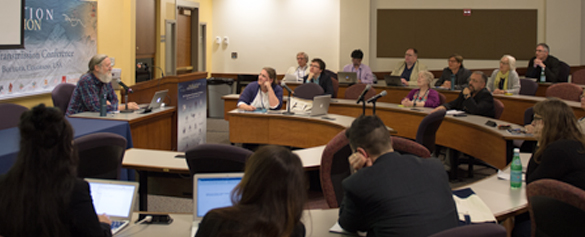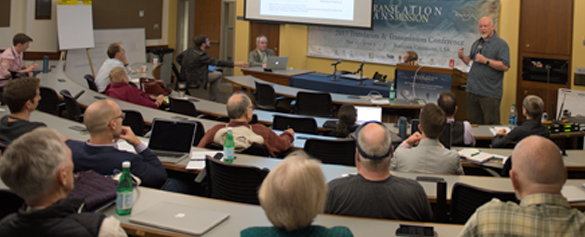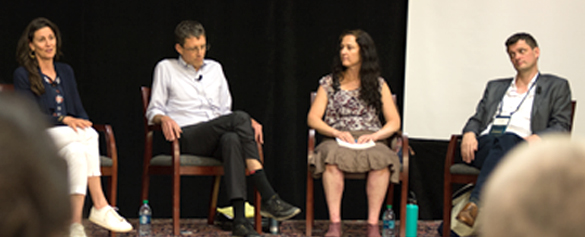Kavya in Tibet
Marcus Perman2022-11-16T23:34:13-07:00Kavya in Tibet is a session following from a workshop on Tseten Zhabdrung’s commentary on poetics (Snyan ngag spyi don) that was hosted at the Latse Library with Gendun Rabsel, Nicole Willock, Andy Quintman, and Kurtis Schaeffer. The Tibetan system of poetics and ornate poetry is highly influential in the history of Tibetan writing and is based on the most important Indian manual of poetics, Daṇḍin’s Mirror of Poetics (Kāvyādarśa). This session introduced some of the fundamental theory and practice of this snyan ngag type of literature. The intellectual gravity of snyan ngag did not make itself felt until 1267 […]

